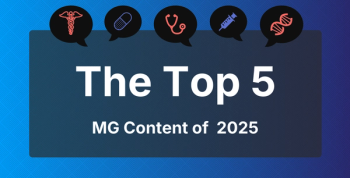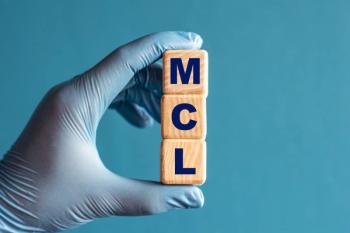
Improving Screening for HCV in Community Health Centers
A recent study analyzed screening procedures of community health centers and was able to quantify the screening gap for hepatitis C according to gender and race/ethnicity.
Few of the nearly 2.7 million Americans infected realize they are living with the chronic hepatitis C virus (HCV).
In a recent study
The previous guidelines recommended hepatitis C infection screening for high-risk patients, “including those who had large or repeated percutaneous exposures, such as injection drug users and persons who received donated blood before blood bank screening for HCV.” However, the most recent guidelines now advise HCV infection screening for all adults born between 1945 and 1965.
The researchers used populations from CHCs in Florida, Utah, California, Kansas, and New Mexico, who had a minimum of 4 years using an electronic health record system. Patient criteria included birthdate within the range of 1945 to 1965, a documented visit to 1 of the 14 CHCs examined, and no previous diagnosis of HCV infection. Racial and ethnic groups were placed in the subsequent categories: white Hispanic, black Hispanic, white non-Hispanic, black non-Hispanic, Caribbean Islander or Haitian, and other Races/Ethnicities/Unreported. Patients included in the data set numbered approximately 60,000, yet the low screening rates indicate that “less than 9% of all patients were screened” for hepatitis C.
The researchers discovered that men were screened more often than women. Looking at both sexes, black Hispanics, white non-Hispanics, and black non-Hispanics were the most likely to be screened while Caribbean Islanders and Haitians were the least likely. The researchers speculated that “[t]hese populations are more likely to be screened possibly because of provider bias in terms of offering the screening test or the unwillingness of certain races/ethnicities or sexes to be screened.” Other reasons might include knowledge of the test or the cost involved.
CHCs are an important healthcare institution for the everyday citizen, serving more than 22 million patients within the US. Further research may save money on long-term treatments, and reduce hepatitis C and its mortality rates.
Newsletter
Stay ahead of policy, cost, and value—subscribe to AJMC for expert insights at the intersection of clinical care and health economics.







































